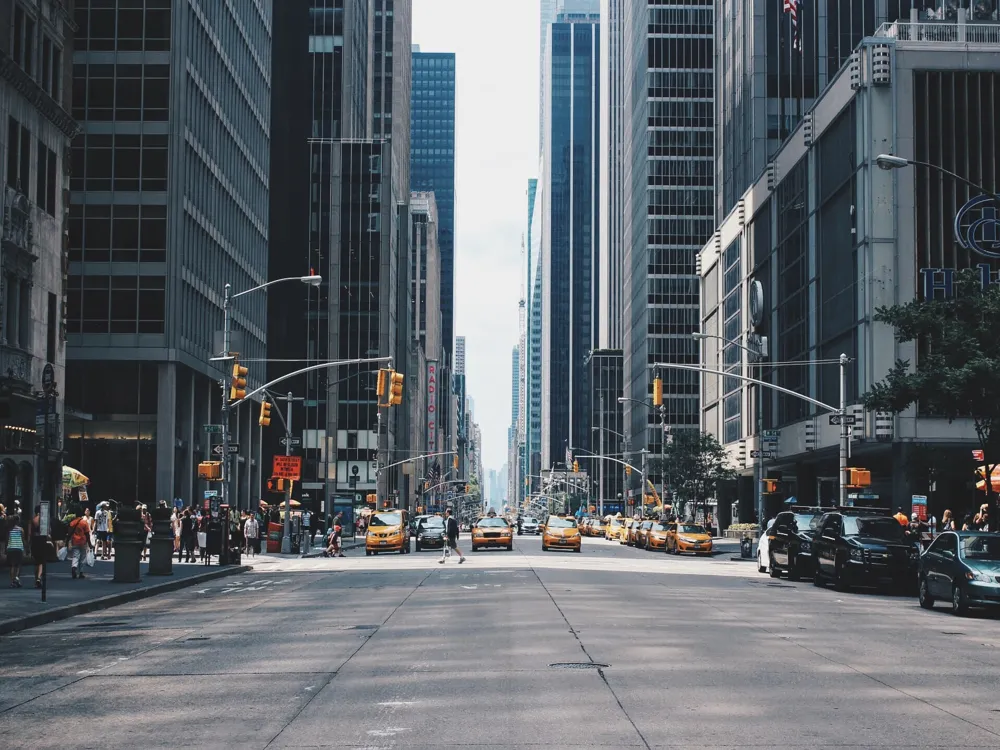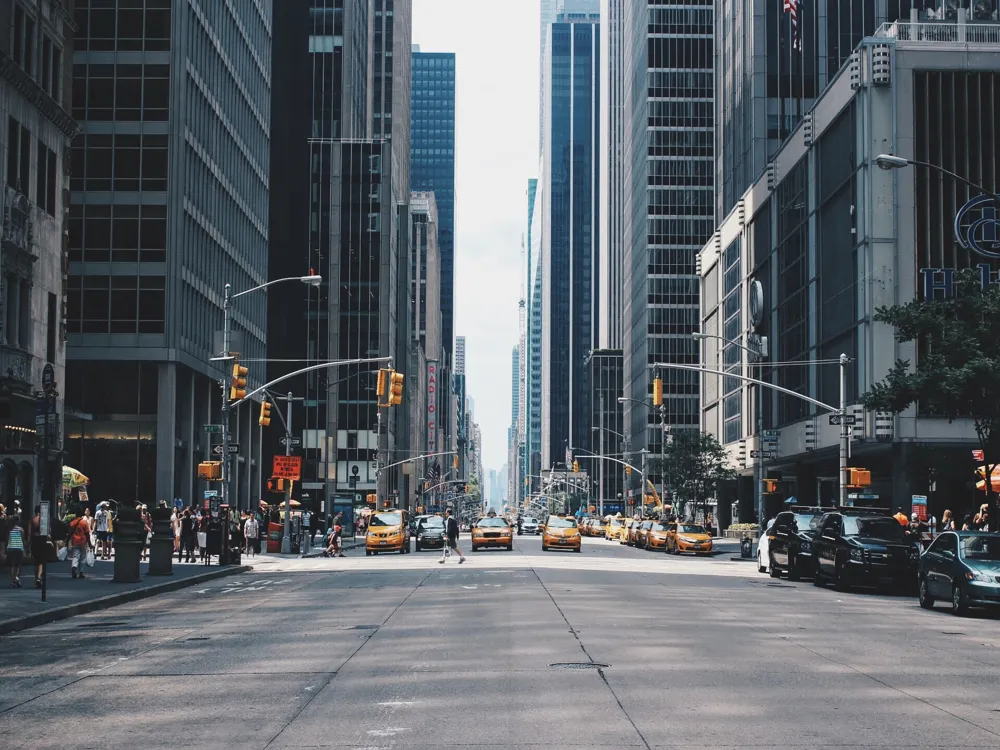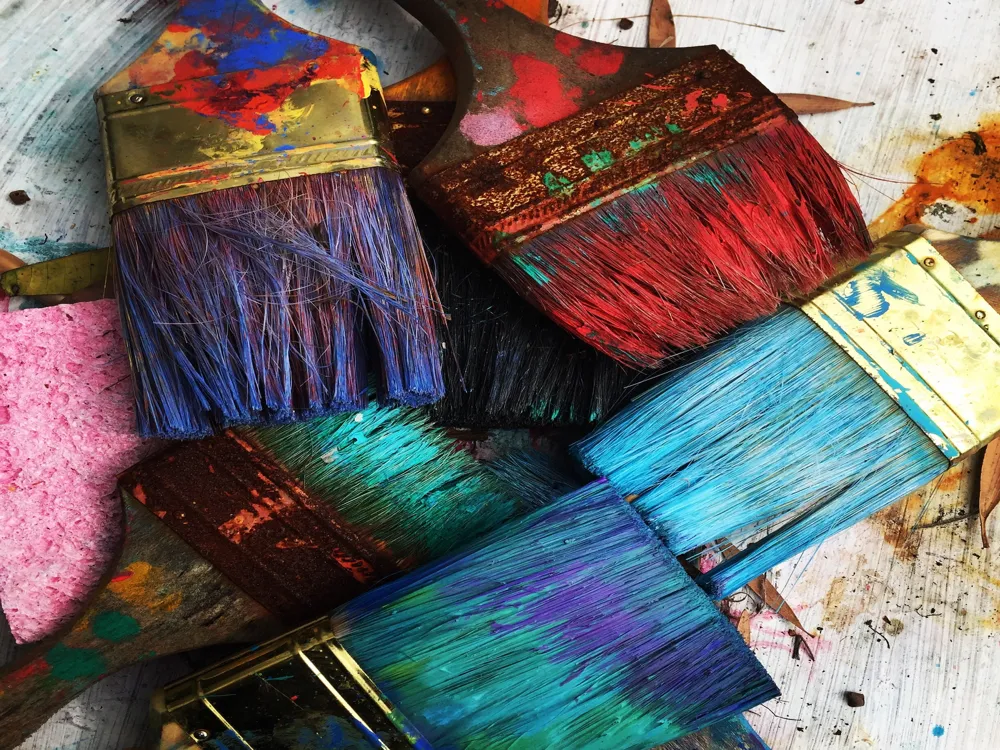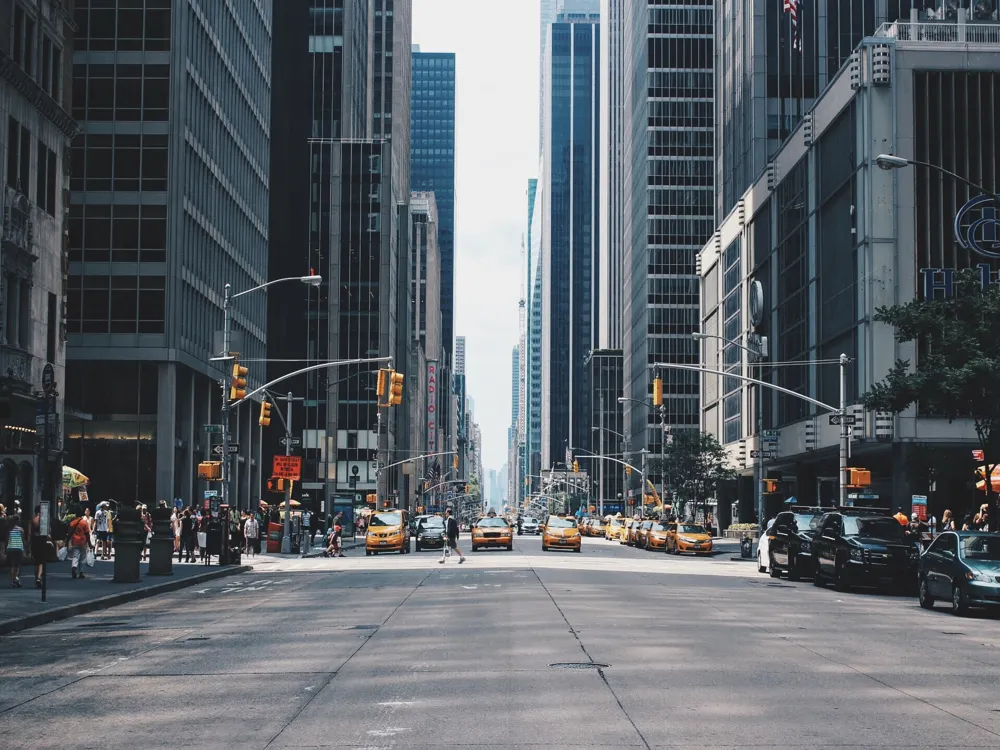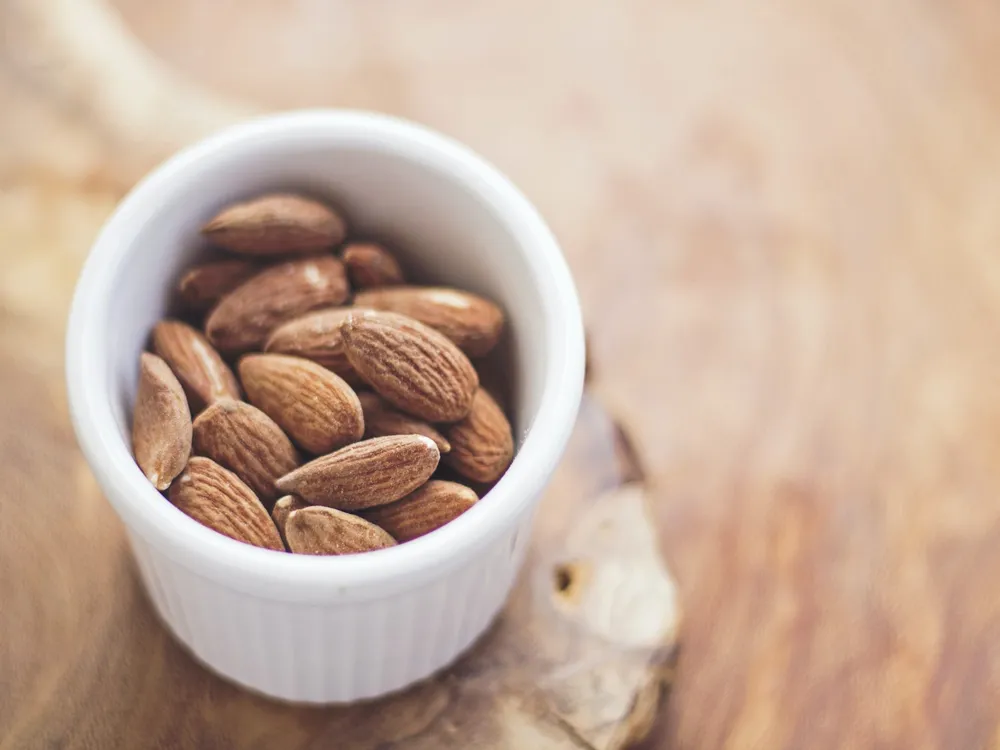The President Ho Chi Minh Statue, a revered monument in Ho Chi Minh City, stands as a symbol of national pride and historical significance. This statue, dedicated to the revolutionary leader Ho Chi Minh, also known as Uncle Ho, is not just a tribute to his legacy but also a reflection of the Vietnamese spirit and resilience. Located in the heart of the city, it attracts numerous visitors, both local and international, who come to pay their respects and learn about Vietnam's rich history and culture. President Ho Chi Minh, born Nguyen Sinh Cung, was a pivotal figure in Vietnam's struggle for independence. He led the Viet Minh independence movement in 1941, which eventually led to the establishment of the Democratic Republic of Vietnam in 1945 and later, the Socialist Republic of Vietnam. His ideologies and leadership played a crucial role in shaping the political landscape of modern Vietnam. The statue, in his honor, is not only a remembrance of his contributions but also an embodiment of the Vietnamese aspiration for freedom and self-determination. The statue's location is also of great significance. It is situated in a prominent public square, which has been a witness to many historical events in Vietnam. This site has become a focal point for civic gatherings, celebrations, and national events, further embedding the statue into the social and cultural fabric of the city. The presence of the statue in such a dynamic environment allows it to be more than just a static monument; it is a living part of the city's daily life. Visiting the President Ho Chi Minh Statue offers a unique opportunity to delve into Vietnam's history. The statue serves as a gateway to understanding the struggles and triumphs of the Vietnamese people. It's a place where history is remembered, and future generations are inspired. For travelers and history enthusiasts, this monument is a must-visit destination that offers a deep insight into the soul of Vietnam. The architecture of the President Ho Chi Minh Statue is a remarkable blend of artistic expression and symbolic elements, making it a masterpiece of sculptural art. The statue, standing majestically at a significant height, is crafted with intricate details that capture the essence of Ho Chi Minh's personality and his profound impact on Vietnam's history. The statue's design reflects a harmonious combination of traditional Vietnamese artistic styles and modern sculptural techniques. The choice of materials, the posture of the figure, and the accompanying elements all contribute to a powerful portrayal of President Ho Chi Minh. The statue is not just a visual representation; it's a narrative in itself, telling the story of a leader who was deeply loved and respected by his people. One of the key features of the statue is its lifelike portrayal of Ho Chi Minh. The sculptor has meticulously captured his gentle yet determined expression, reflecting his compassionate leadership and unwavering resolve. The attention to detail in the facial features, clothing, and posture brings the statue to life, making it seem as if Uncle Ho is still watching over his beloved nation. The surrounding architecture complements the statue, with a well-designed landscape that includes walkways, gardens, and seating areas. This thoughtful design not only enhances the aesthetic appeal of the monument but also creates a serene and contemplative environment. Visitors can walk around, absorb the tranquility, and reflect on the historical significance of the site. In summary, the architecture of the President Ho Chi Minh Statue is a testament to the artistic and cultural values of Vietnam. It stands as a symbol of national pride, reflecting the enduring legacy of a leader who shaped the course of the nation's history. The statue is not just a work of art; it's a historical landmark that offers a profound experience to its visitors. While the statue can be visited year-round, the best time to visit is during the early morning or late afternoon to avoid the midday heat. Additionally, visiting on national holidays can provide a unique experience as the area is often adorned with decorations and there may be special ceremonies taking place. Visitors are advised to dress modestly and behave respectfully while at the site. It's a place of great national significance, so maintaining decorum is appreciated. Avoid loud conversations and ensure that your actions reflect the solemnity of the place. For photography enthusiasts, capturing the statue during different times of the day can result in varied and interesting shots. Early morning light offers a soft glow, while the late afternoon sun can create dramatic shadows. Remember to respect the site's rules regarding photography. Consider joining a guided tour for a more informative experience. Guides can provide insights into the history and significance of the statue, as well as interesting anecdotes about President Ho Chi Minh's life. After visiting the statue, explore nearby attractions like the War Remnants Museum, Notre Dame Cathedral, and the bustling Ben Thanh Market. These sites provide a broader understanding of Ho Chi Minh City's history and culture. Reaching the President Ho Chi Minh Statue is quite straightforward, given its central location in Ho Chi Minh City. Visitors have multiple options including public transport, taxis, or even walking if they are staying nearby. The city's efficient bus service has routes that pass near the statue, making it an affordable and convenient option. For those preferring more comfort, taxis are readily available and can be hailed from any part of the city. Additionally, for visitors who enjoy exploring on foot, a walk to the statue can be an enjoyable experience, offering glimpses of the city's vibrant street life and architecture. Read MoreOverview of President Ho Chi Minh Statue in Ho Chi Minh City
Architecture of President Ho Chi Minh Statue
Tips When Visiting President Ho Chi Minh Statue
Best Time to Visit
Respectful Conduct
Photography Tips
Guided Tours
Nearby Attractions
How To Reach President Ho Chi Minh Statue
President Ho Chi Minh Statue
Ho Chi Minh City
₹ 17,501 onwards
View ho-chi-minh-city Packages
Ho-chi-minh-city Travel Packages
View All Packages For Ho-chi-minh-city
Top Hotel Collections for Ho-chi-minh-city

Private Pool

Luxury Hotels

5-Star Hotels

Pet Friendly
Top Hotels Near Ho-chi-minh-city
Other Top Ranking Places In Ho-chi-minh-city
View All Places To Visit In ho-chi-minh-city
View ho-chi-minh-city Packages
Ho-chi-minh-city Travel Packages
View All Packages For Ho-chi-minh-city
Top Hotel Collections for Ho-chi-minh-city

Private Pool

Luxury Hotels

5-Star Hotels

Pet Friendly







